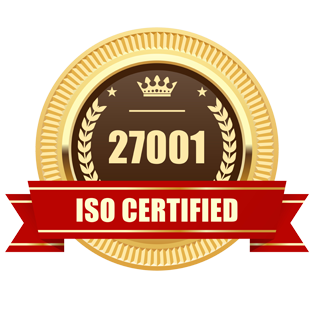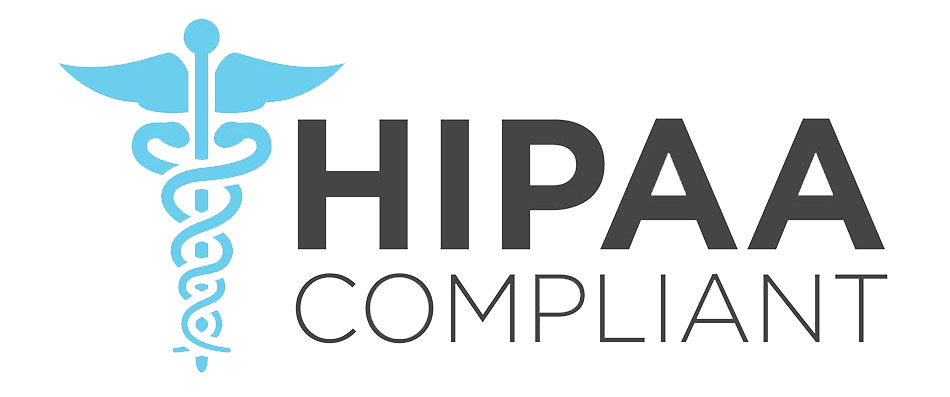The global VR healthcare market is projected to hit $33.72 billion by 2027 reflecting a compound annual growth rate (CAGR) of 44.3%. Healthcare and Virtual Reality (VR) are closely connected. The stats demonstrates that VR can transform healthcare delivery practices. Its potential is poised to overhaul medical training and surgical accuracy and deliver new ways of managing pain and rehabilitating patients. Thus, a new era in healthcare awaits when the whole industry is reshaped by VR technology in all verticals from medical education to surgical planning, mental health treatment, patient education, and remote consultations as discussed further.
This article discusses various real-world situations that are replicated accurately through immersive and interactive environments of VR across multidimensional healthcare sectors. The doctors now use virtual reality models for preoperative planning, hence better operations. Such organizations as Cleveland Clinic have experienced a decrease of 15% in surgery time while procedural accuracy went up by 20% due to the implementation of VR-guided planning.
Benefits of Virtual Reality in Healthcare
VR surgical suites provide an unparalleled level of exactness and perfection in preoperative planning and simulation. Surgeons can practice doing procedures in a virtual environment, thus enabling them to anticipate the difficulties they may come across while operating in real life. It takes away 15% of time spent in theaters and increases accuracy of operations.
Moreover, haptic feedback adds tactile sensation to the simulations creating a sense of touch for surgeons during their practice. In cardiovascular surgeries involving complex procedures, Mayo Clinic has successfully used VR for this purpose resulting in a 20% improvement in patient recovery time.
Application of VR in Healthcare as The New Frontier in Pain Relief Management
VR is seen as a breakthrough in pain management, thereby providing an alternative to traditional methods of pain control. In chronic pain patients, VR therapies have recorded a 24% reduction in pain perception. Medical and surgical virtual reality makes use of diversified aspects of therapy by creating immersive environments that help distract patients from their pains and engage them in calming and enjoyable activities. Through integration of biofeedback mechanisms, real time monitoring and adjustment of patient’s pain levels can be achieved hence individualized care provided.
Transforming Rehabilitation and Physical Therapy
VR provides personalized rehabilitation programs that are created for individual patients, which makes physical therapy more effective. Compared with traditional methods, patients show a 30% increase in adherence to VR based rehabilitation programs. Using gamification techniques makes rehabilitation exercises fun and enjoyable resulting in an increased motivation among the patients involved in therapy. With real-time feedback on performance and recovery tracking, therapists can adapt their treatment plans according to individual patient’s needs.
Breakthroughs in Stroke and Injury Recovery
Motor functioning for stroke survivors has improved greatly through VR based rehabilitation; as shown by studies at Cleveland Clinic indicating a 25% rise in patient outcomes along with faster recovery times. Through simulating daily activities as well as surroundings, virtual reality aids them relearn or practice some vital skills thus controlled environment where they can learn comfortably. Such discoveries illustrate how the effectiveness of rehabilitations can be enhanced by VR implying that it helps stroke or injury patients regain normal lives once again.
Advancing Mental Health Treatment using VR Technologies
With PTSD, anxiety disorders, phobias etc., virtual reality offers a new paradigm in mental health care where these conditions can be treated effectively using this technological medium. For instance, success rates for VR exposure therapy, which consists of exposing patients to anxiety-triggering stimuli within a virtual surrounding, reach 70%.
By allowing patients to confront and manage their fears in a safe environment it helps them cope with their distress. VR's immersive nature engenders authentic imageries that promote deep emotional commitment and therapy development.
VR provides a private and controlled space where stigma associated with seeking mental health services is reduced. Therapies can be carried out in the privacy of one’s home thus leading to increased participation by many patients. They show an increase in the treatment compliance rate of 40% while using VR therapies. It creates a more accepting and less intimidating environment for those needing care.
Improving Patient Understanding Using Virtual Reality
There is a 50% increase in informed consent rates when interactive models are used for medical conditions and options provided by physicians focusing on virtual reality among others features such as augmented reality or mixed realities incorporated into hospitals or clinicals technologies interface. VR improves patients' understanding and engagement through detailed, immersive explanations of their health status. By providing real-time simulated medical procedures, pre-surgical anxiety can be reduced by 35% since the patients will have a better idea of what to expect during the therapy.
Interactive Health Education: Bridging Knowledge Gap
VR is bridging the knowledge gap through interactive health education tools that demystify complex medical information. It has been noted that there is a 45% increase in patient comprehension of their conditions when VR is involved in educational sessions. With interactive VR experiences, patients can explore their medical conditions, learn about the implications of diagnoses as well as possible treatments in an engaging style and a way that makes sense to them more than ever before. In this innovative way of teaching health, society becomes more enlightened in matters pertaining to diseases prevention and control.
Virtual Reality in Medicine - Enhancing Remote Consultations and Telemedicine
Since it will provide remote consultation environments which are interactive and more involving, V.R seems poised to play an important role in tele-health’s future. Besides physical examination, virtual reality-enhanced telemedicine enables doctors to give personalized care even remotely. Remote treatment plans and diagnosis record a 20% rise in accuracy when V.R.is introduced due to enhanced patient assessment through more comprehensive details. This innovation is particularly important for rural areas and other distant places that have limited access to quality healthcare.
VR In Remote Patient Care - Breaking Barriers
Regardless of where patients are located, this technology makes healthcare accessible to those in need. Case studies indicate that there has been a 30% decrease in travel time and expenses to patients with remote visits using VR. The overall healthcare experience is improved when patients can receive expert advice and care in their homes without long-distance travels. VR, by eliminating geographical barriers, help address the disparities within the health care system ensuring equitable access to all individuals.
The Conclusion
Use of Virtual Reality (VR) in healthcare continues to revolutionize the healthcare industry and there are several critical considerations that must be addressed for its effective integration. Accessibility and inclusivity must be prioritized, ensuring VR applications accommodate diverse patient needs, including those with disabilities. Customization and personalization of VR experiences can enhance patient engagement and treatment outcomes. Continuous evaluation and feedback mechanisms are vital for assessing effectiveness and making iterative improvements.
Adherence to regulatory requirements and industry standards is essential to ensure safe and compliant use. And even big data analytics by enabling personalized medicine, improving patient outcomes, and optimizing operational efficiencies through advanced predictive insights and real-time data analysis. Incorporating these considerations maximizes the potential benefits of virtual assistant services while addressing challenges and ensuring ethical, effective, and patient-centered care.
Contact UsOur Customers





Key Differentiators
AHIMA Healthcare Convention 2016
FAQs
The core advantages include enhanced training, improved surgical precision, effective pain management, and increased patient engagement.
VR can enhance clinical outcomes and patient care with personalized treatments, realistic simulations, reduced procedural errors, and improved patient education.
VR applications demonstrate highest efficacy within healthcare and clinical environments in surgical simulations, pain management therapies, rehabilitation programs, and mental health treatments.
To integrate VR systems into medical practices, it can take approximately $20,000 to $100,000, depending on the scale and sophistication.
Patient information in VR healthcare platforms is highly secure with advanced encryption and compliance with HIPAA and GDPR standards.

USA
Flatworld Solutions
116 Village Blvd, Suite 200, Princeton, NJ 08540
PHILIPPINES
Aeon Towers, J.P. Laurel Avenue, Bajada, Davao 8000
KSS Building, Buhangin Road Cor Olive Street, Davao City 8000















